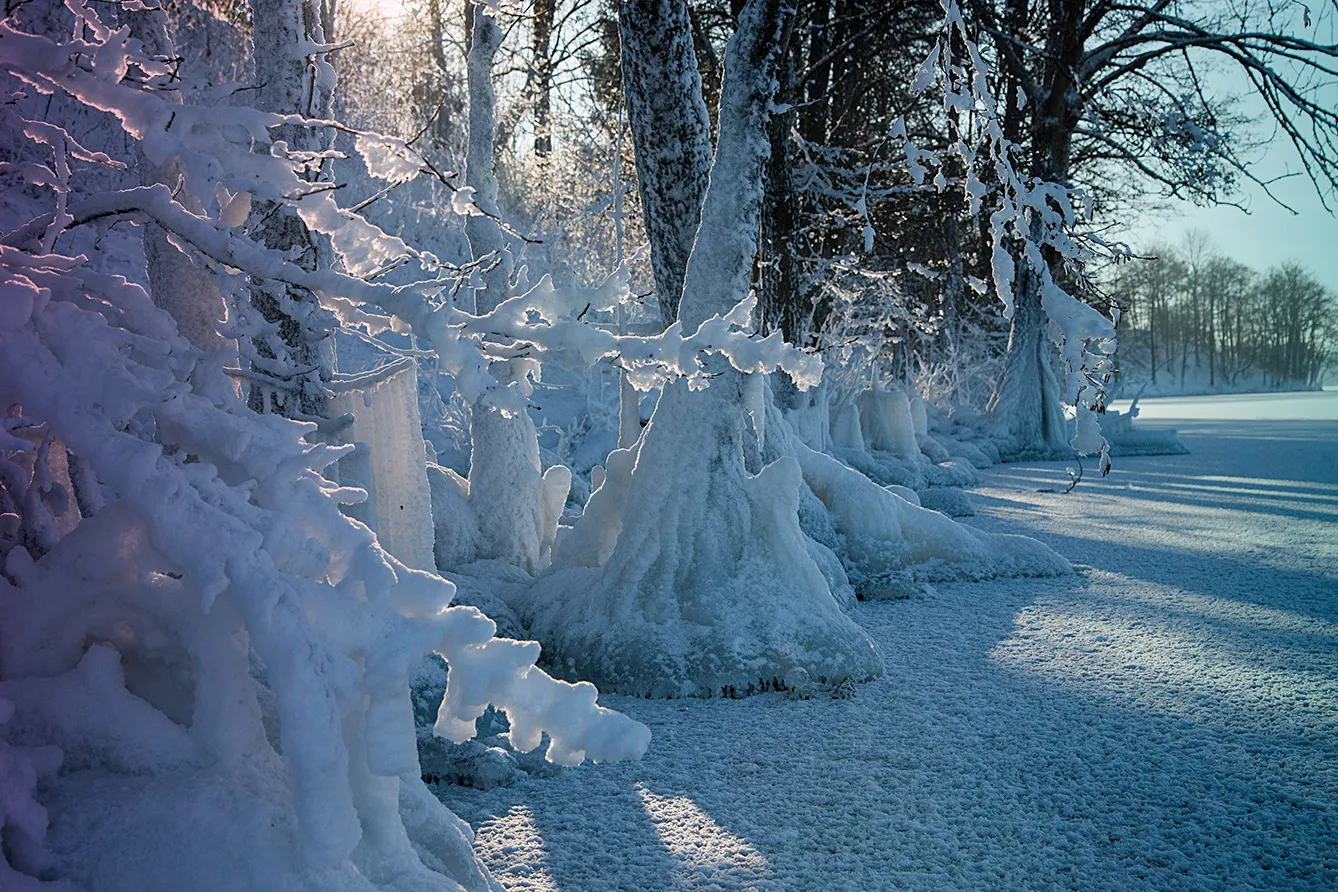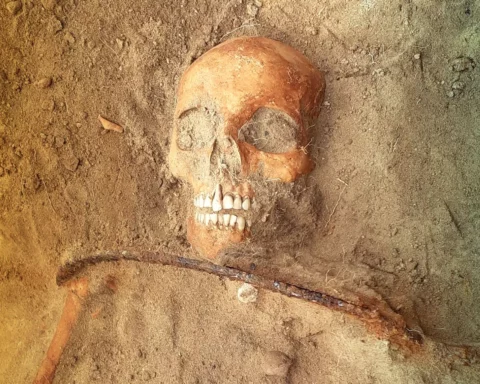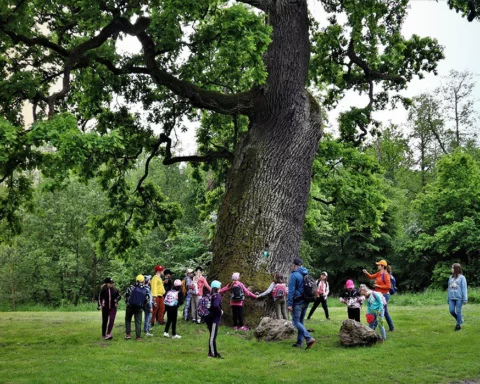Ok, it may not sound as thrilling as it was for a kid, but competition with this northeasternmost point of Poland was ablaze, especially during summer and winter holidays. In the winter, we wanted it to be colder than in Suwałki (which it hardly ever was), as we wanted snow, while, in the summer, it would have been a tragedy to have it be colder than in the coldest area of our country. It turns out that choosing the Suwałki region as a constant comparative was not as dumb as it may sound.
Permafrost
Are you familiar with the term permafrost? If you are a resident of sunny California, temperate Hungary, or mild Croatia, you probably don’t have to bother yourself too much with that long-forgotten school term. You would be more likely to think about it if you lived in the north of Canada, in Greenland, Alaska, or Siberia.
You see where we are going with this, don’t you? Permafrost is land that stays in a permanent state of sub-zero Celcius (32 Fahrenheit) temperature. It is not necessarily the top layer of the ground. It can be located several centimeters up to hundreds of meters underground. The phenomenon is as amazing as it can be dangerous.
Frozen threats
Thawing of permafrost is an increasingly common occurrence. This causes particular problems for residents of the areas, including sudden incidences of building collapse. These days, communities, understanding more about the importance of permafrost, take care to protect it from thawing, for example, by running heat pipes above the ground level. Permafrost is also a museum of sorts containing specimens, such as viruses, from more than 40 thousand years ago.
It may be a little uncomfortable to know that some of these ‘long-gone’ viruses, despite being frozen for tens of thousands of years, can still infect people when thawed. Another reason to take care of permafrost. Not to mention the masses of CO2 and methane gas trapped in the permanent ice.
Back to Poland!
Ok, now that we know more about permafrost, we are ready to better judge and appreciate the discovery made in 2010 by Polish scientists at the Polish Geological Institute. A study led by Prof. Jerzy Nawrocki, the head of the Institute at the time, revolutionized the geothermic map of Europe and the paleoclimatology data (information on climate conditions and changes from tens of thousands of years ago).
In July and August 2010, his team drilled deep into the Suwałki region land and hit ancient ice at a depth of 356 meters. The recorded temperature of +0.07 degrees Celcius was extremely low for that depth (usually, it reaches circa 20 degrees). Further testing confirmed that what they managed to discover was the only permafrost recorded in Central Europe, and thus forced a change in the maps presenting the areas where this phenomenon is present.
They could actually touch (in a manner of speech) ice that was covering the area over 13,000 years ago! It’s the only tangible evidence that a glacier once partly covered Poland. It survived in the Suwałki region thanks to its unique geological structure, which consists of large amounts of anorthosites – rock formations that block the heat radiating from the center of the Erath (to put it in layperson’s terms).
Who knows what else can emerge….
The scientists wanted to drill deeper, but they simply couldn’t. Their equipment… froze. The significance of the presence of permafrost in Poland will be slowly emerging and shaping. It is already apparent that the area of recorded existence of the permafrost phenomenon has to be altered and that the Suwałki region is likely to become an important point on the climate monitoring map. Not too bad for the region that Polish children consider their own national North Pole. This intuitive, simple generalization has finally become not so childish at all!







